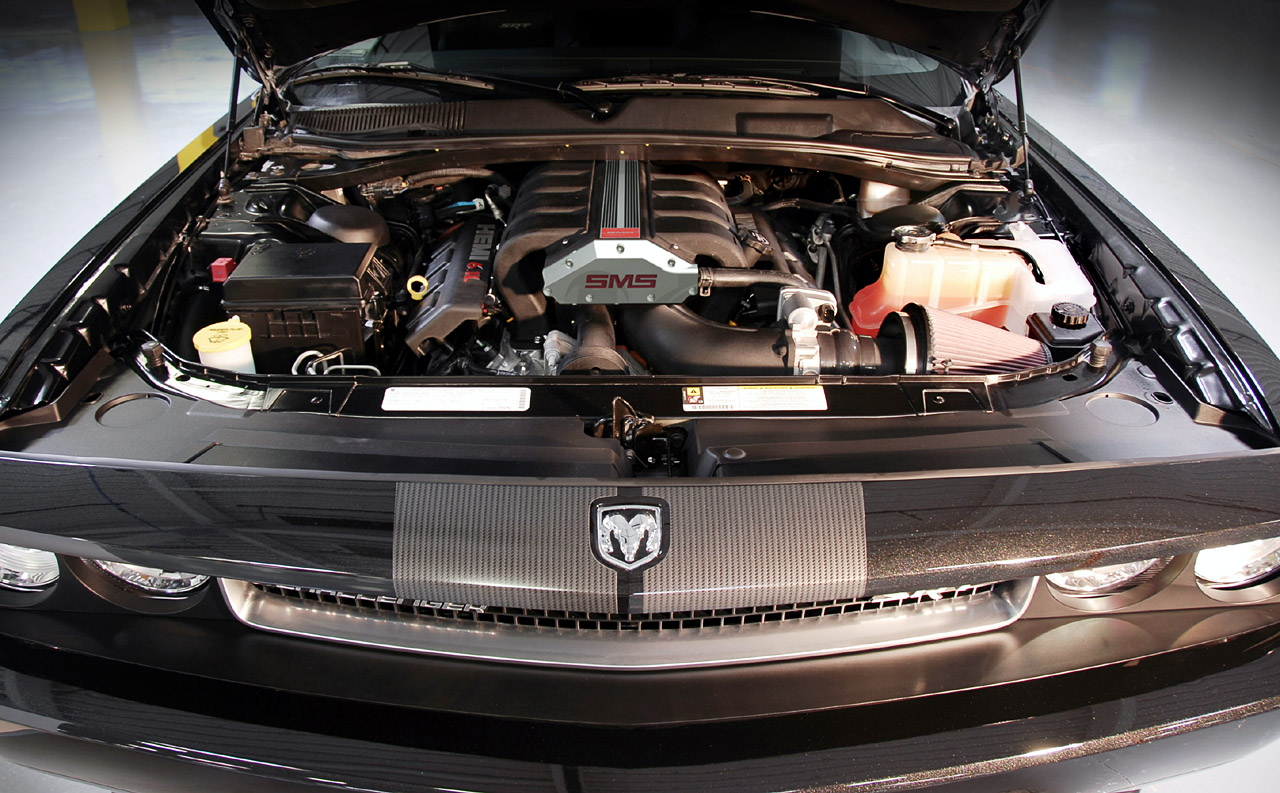One of the most confusing aspects of automotive superchargers is the word itself. The word is defined as follows: an air compressor used for forced induction of an internal combustion engine.
By this definition, even turbochargers, which are really just turbine-driven superchargers, would fit the description. But for sake of simplicity and as it applies to cars, we define a supercharger as any pump driven directly by the engine, such as by belt and pulley. Turbochargers, on the other hand, will be defined as pumps driven by pressures of the exhaust gases.
Types of Superchargers
There are a number of “supercharger” types available for internal combustion engines. For the most part, these superchargers fall into the following two categories:
1. ) Centrifugal Superchargers
Use centrifugal forces (aka an impeller compressing air) to shove additional air into an engine. Works almost exactly like a turbocharger, except the impeller is turned by pressure built using a belt spun by a crank pulley instead of exhaust gases. The most important thing to understand about a centrifugal supercharger is that it delivers airflow in a non-linear manner. Meaning, the amount of air forced into the engine increases at a square of its driven speed. So if you set up your centrifugal supercharger to reach max boost at redline, any time you are driving under that redline, you’re running less boost.
For Example: Let's say you save your pennies and purchase a ProCharger centrifugal supercharger for your car. For the install, you setup your car to reach a max boost of 12 PSI at 7,000 RPM. Your boost curve would look like this:
12 PSI @ 7,000 RPM vs. 3.5 PSI @ 3,500 RPMPros: Easier to install than positive displacement superchargers, easier to adjust your power curve by changing your impeller size and speed, and typically lower discharge temperatures
Cons: Not as much power as positive displacement superchargers at lower RPMs due to the non-linear boost delivery.
Well Known Manufacturers: ProCharger, Vortech, Paxton, Powerdyne
2.) Positive Displacement Superchargers
Work as a pump forcing air into the engine at a fixed volume at all RPMs. There are two primary types of positive-displacement superchargers: Roots and Lysholm twin-screw. Other types exist but are less prevalent. The beauty of a positive displacement supercharger is the power is linear, unlike centrifugal superchargers. That means you make your max boost throughout the entire powerband. If you purchase a car that comes from the factory with a supercharger, it is most likely a positive displacement supercharger.
For Example: Let's say you save even more pennies and purchase an Eaton Roots style supercharger for your other car. For the install, you setup your car to reach a max boost of 12 PSI. Your boost curve would look like this:
12 PSI @ 7,000 RPM vs. 12 PSI @ 3,500 RPM vs. 12 PSI at 2,500 RPMPros: All your boost available all the time, makes more usable power overall than a centrifugal supercharger, extremely low maintenance, reliable, and looks plain awesome
Cons: Typically can’t generate as much boost at the highest RPMs as a centrifugal supercharger, more difficult to install, can create aggressive throttle response situations due to the instant boost leading to traction issues
Well Known Manufacturers: Eaton, MagnaCharger, Weiand, Littlefield
